Innovate your way out of the covid-crisis - Research report
The biggest mistake we can make is being stuck in business-as-usual and operational thinking. The big opportunity to thrive during and after this...
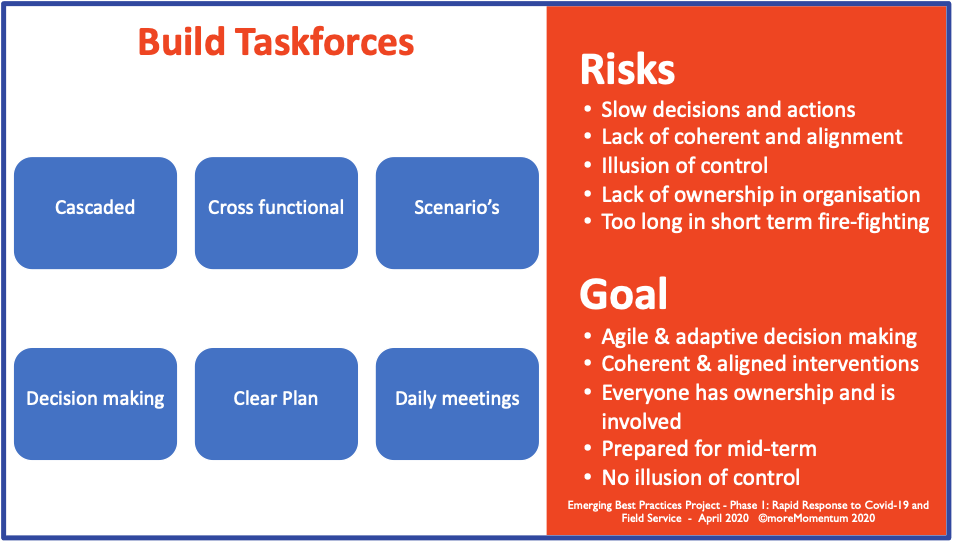
In a crisis like the COVID-19 outbreak, and especially during Phase 1 – Rapid Response, the speed and criticality of developments and decisions to be made require a temporary change in governance. Most companies have established some sort of;
In times of crisis, not only activities and operations are different from business-as-usual, also the way we manage our organisation and teams, as well as the way we take decisions and execute them will change.
This is one of the 3 main sections from the "Ultimate Guide for Phase 1 - Rapid Response to Mitigate the Immediate Impact of Covid"
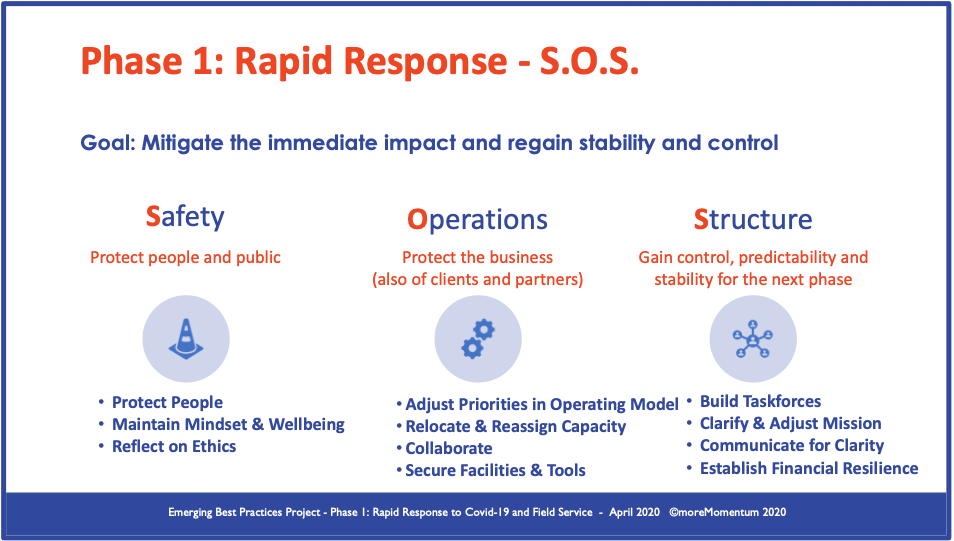
Regarding Build Taskforces:
Risks to address
Goal
Main aspects
Cascaded
Particularly larger companies, covering a larger geographical area, have established a cascade of taskforces or crisis teams. Their tasks are to;
These taskforces are organised as follows;
Cross functional
Typical functions to be represented in the cross functional taskforces and to setup functional taskforces for are – in alphabetical order;
In times of crisis, most decisions and actions of the leadership teams and the taskforces are very operational and practical, but critical, like;
Scenario’s
One way of reducing uncertainty in times where things get unpredictable, is developing various scenarios of what could happen, assess the impact of these scenarios and assess how well you are prepared to mitigate or adapt to such scenarios. Being aware of and prepared for different (worst case) scenarios will increase confidence and resilience of the teams and the organisation.
You should always anticipate on different developments and alternative adjustments of your measures and interventions. You really want to prevent implementing measures to discover after implementation that there are obstacles or that they simply do not work, while you could have known this beforehand.
We have seen leading manufacturers anticipate on different scenarios of the crisis, measures from the governments and their own company. They stress tested and adjusted their own measures, knew they were ready for such scenarios.
This can be as simple as;
To be able to see which scenarios are emerging and when, as well as to be able to recognise certain scenarios, you need to be ready to rapidly amplify and escalate weak signals from the entire organisation. Particularly in an exponential world the time between hardly visible developments to a full impact crisis can be very short. This big risk here is to still neglect a trend while the business and people are already suffering.
To facilitate the early recognition and escalation of weak signals, the following can help;
Decision-making
During a crisis, it is critical to be more conscious about strict decision-making and discipline;
”The King gave you a commission because he thought you knew when to disobey an order.”
In times of crisis, all decisions have to be made with little information and certainty. This uncertainty and lack of predictability should not lead to indecisiveness. This requires you to;
Clear plan
During a crisis, it is even more critical than normal to provide a clear and succinct plan which provides clarity, structure and direction. That is what is expected from leadership, not only by your team members, but also by your clients, partners and shareholders.
Aspects that make a plan adequate;
A good structure of the plan could be;
The 3 phased approach to overcome the impact of COVID-19 is a good framework for a plan on top level. The focus in phase 1 is very different than the focus in phase 2 and 3, with different challenges, different objectives and different expectations for your team members. Such a high-level plan provides a lot of clarity to your teams. It provides focus, timing, priorities and understanding that some concerns and measures should be delayed to a later phase.
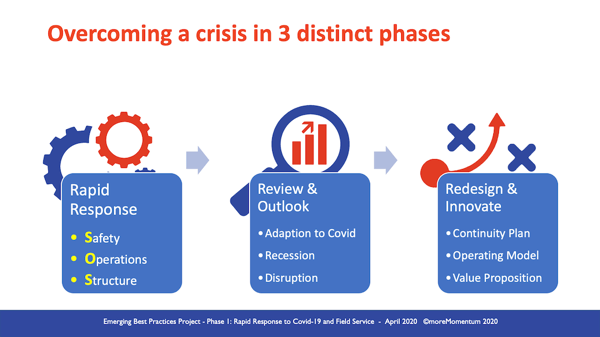
Daily meetings
The frequency of meetings in times of crisis is much higher than normal. Leading manufacturers in ongoing operations have daily meeting schedules with short (15-30 minutes) meetings like;
Download the full Guide for Phase 1 - Rapid Response
Subscribe for the our Impulse Letter
With regular updates about service news, trends and best practices.
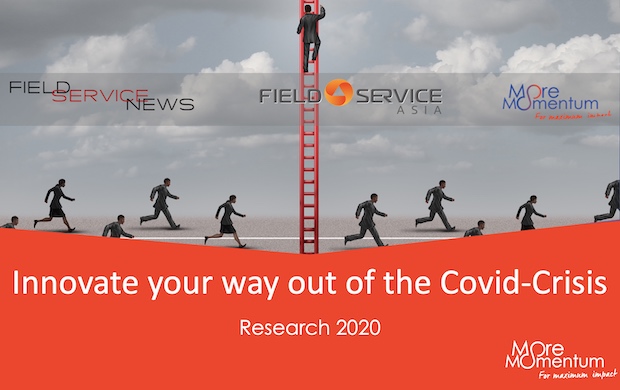
The biggest mistake we can make is being stuck in business-as-usual and operational thinking. The big opportunity to thrive during and after this...
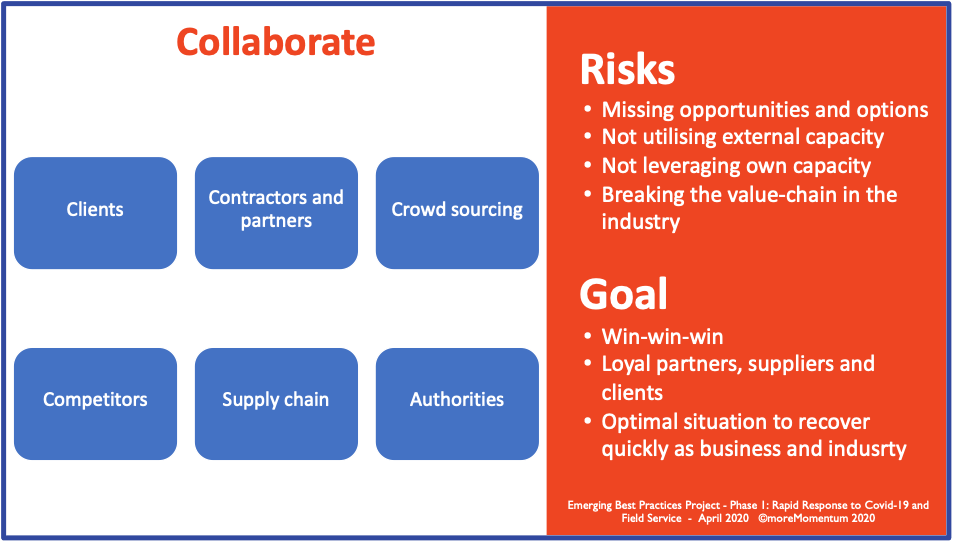
In times of crises, we are all in the same boat to survive and thrive. You may need to collaborate with parties you normally would not collaborate...
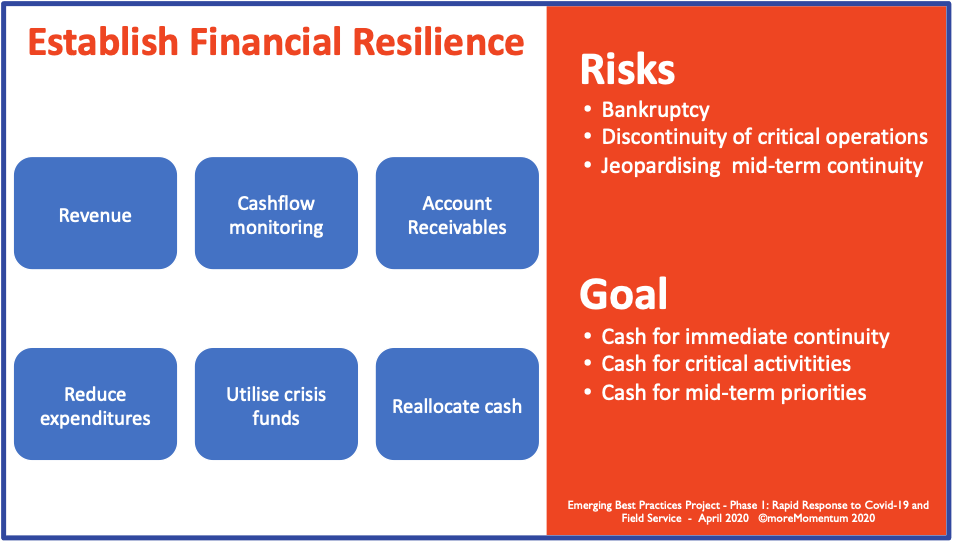
During a crisis, one of the biggest threats for companies is going bankrupt due to lack of cash to cover the immediate expenses. This bankruptcy can...